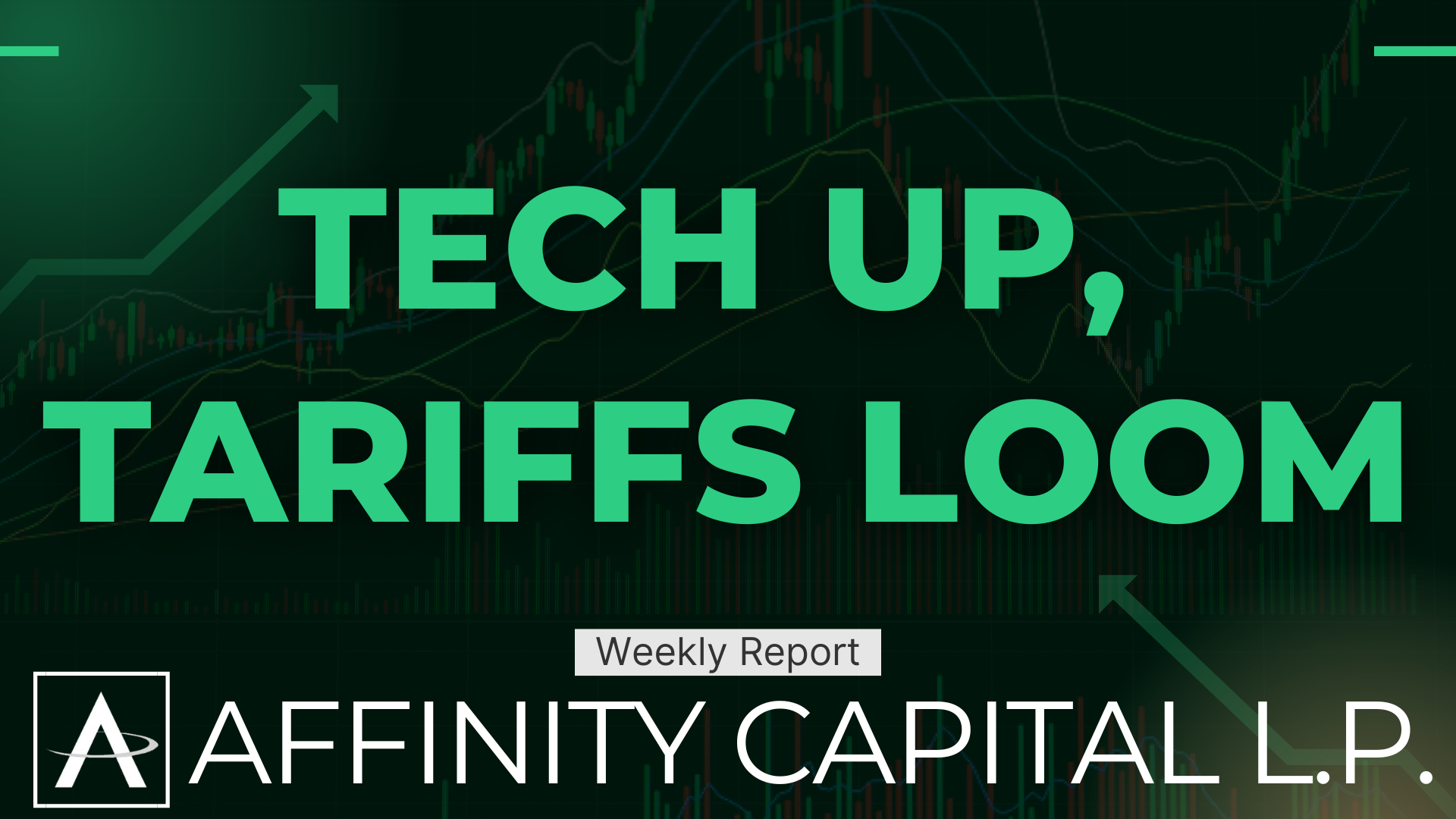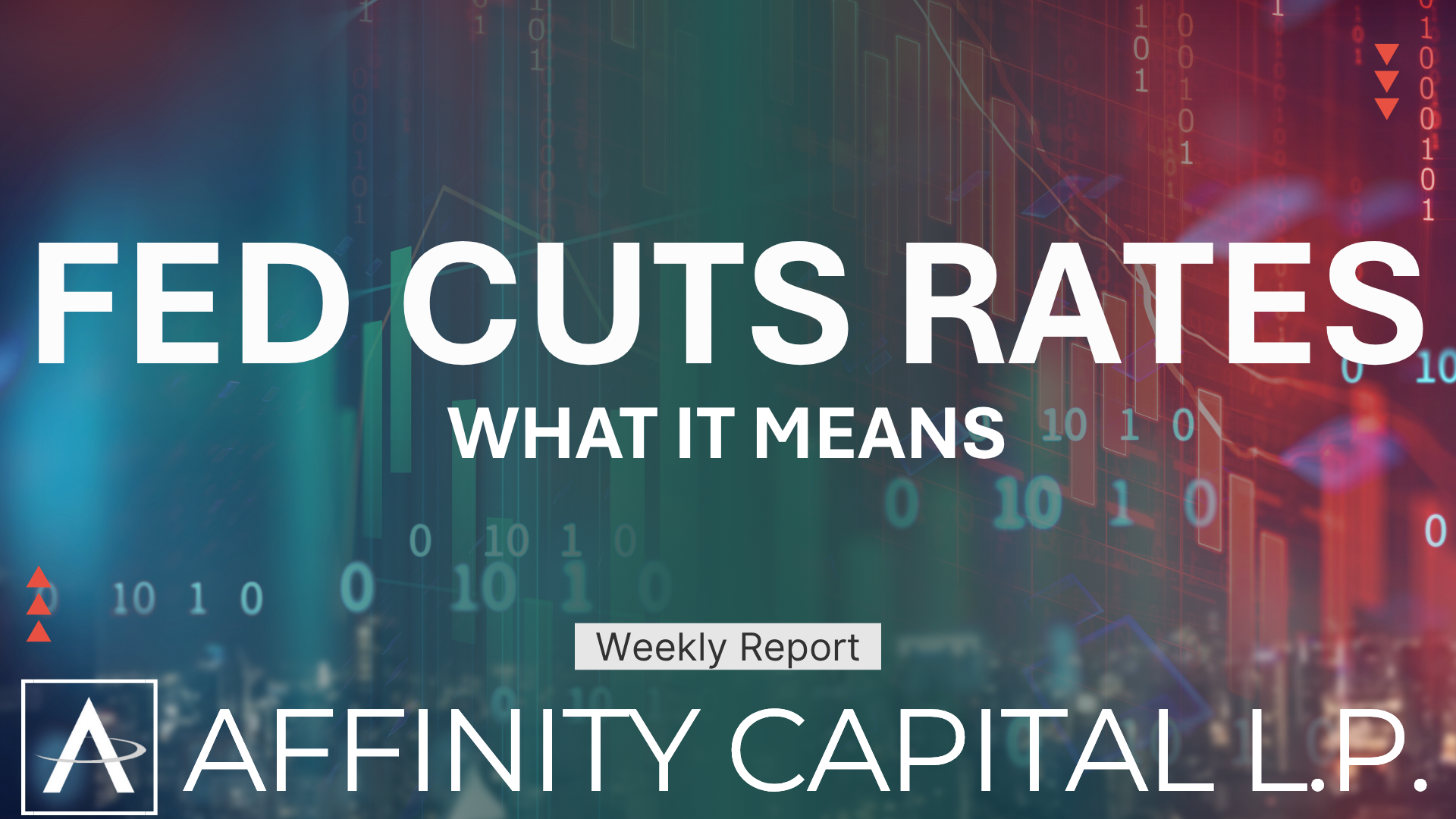Weekly Market Update: Stability Amid Data and Tariff Jitters

This week’s stock markets were marked by tight trading ranges, record-setting highs in tech, and a backdrop of macro uncertainty. The S&P 500 (through SPY), Nasdaq (QQQ), and Dow (DIA) eked out modest gains, shrugging off headline volatility tied to Fed independence concerns and escalating tariff threats.
Key Market Drivers
Fed Independence & Rate Policy Under Scrutiny
President Trump’s comments hinting at possibly firing Fed Chair Powell triggered brief dips in both equities and the U.S. dollar. While equities quickly bounced after Trump walked back the comments, investor awareness of potential political interference with the Federal Reserve spiked, pushing 10‑year Treasury yields higher and nipping at risk appetites.
Strong U.S. Economic Data
U.S. retail sales surged 0.6% in June, topping expectations and indicating underlying consumer resilience. Weekly unemployment claims fell, confirming steady job creation. These positives helped overshadow fears around tariffs, emphasizing that demand remains firm—enough to keep the Fed from moving too soon toward easing.
Earnings Momentum
Tech earnings led the charge this week. Taiwan Semi-Conductor posted record profits, citing strong AI-chip demand and lifting chip stocks broadly. United Airlines also boosted market tone with upbeat results, while PepsiCo saw modest revenue growth. These earnings outliers lent support amid broader–but tempered–sentiment.
Tariff Updates & Global Trade Tensions
Trade news kept investors on edge. Trump levied fresh 30% tariffs on EU goods effective August 1, alarming markets. He also signaled tariffs on copper and Canadian imports, fueling uncertainty. These developments may inject inflationary pressures via input‑cost passes, which in turn could limit Fed flexibility on rate cuts.
Global Market Ripple Effects
India’s Sensex and Nifty experienced brief softness on international trade nervousness, then rebounded after cooler inflation in Mumbai. In the UK, markets advanced after softer labor-market data boosted expectations of an August rate cut by the Bank of England.
Market Implications & Near-Term Outlook
-
Inflation trajectory: While headline CPI remains at moderate levels (~2.6% year-over-year in June), trade-driven costs are creeping upward. Market expectations now imply two 25-basis-point Fed cuts by year-end, but this is being reevaluated given stronger growth indicators.
-
Earnings season: Coming weeks will highlight major banks like JPMorgan, Wells Fargo, Citigroup, Goldman Sachs and Morgan Stanley. These reports could offer valuable insight into credit conditions, trading revenues, and the consumer credit cycle—highly watched as signs of broader economic resilience or stress.
-
Tech outlook: The continued NASDAQ rally, fueled by gains in chipmakers like Nvidia and Taiwan Semi-Conductor, underscores AI-driven demand. However, any shift in trade policy that stokes inflation or supply chain disruptions could threaten margins.
-
Volatility watch: Despite periodic headlines, volatility remains subdued—a sign of lingering confidence but also of hesitant positioning. Watch for reacceleration in the Volatility Index if geopolitical or policy uncertainty spikes again.
Forecast for the Week Ahead
Looking ahead, expect continued range-bound action, punctuated by:
-
Fed communications & data: Speeches by Fed speakers, plus second-tier data releases (industrial production, consumer sentiment) will influence rate outlooks.
-
Earnings flow: Bank reports may sway sentiment; strong results could reinforce equity risk appetite, while any signs of consumer/stress cracks may trigger pullbacks.
-
Trade/tariff narratives: Upcoming deadlines (e.g., new copper tariffs Aug 1) and trade talks with Canada and the EU will be a macro swing factor. Markets may react quickly to any unexpected developments.
Strategy Considerations for Clients
-
Diversified positioning: Equities remain attractive amid growth and earnings resilience. But monitor tech concentration risk—having some exposure outside the mega-cap tech cohort may help hedge volatility.
-
Fixed-income focus: Rising yields suggest opportunities in shorter-duration credit and inflation-sensitive instruments. However, long duration still faces pressure unless data shows clear cooling.
We’re always honored to be part of your financial journey. Whether you’re navigating changing markets or planning for the next generation, we’re here to provide clarity and confidence every step of the way. At Affinity Capital, Wealth Management for Life isn’t just a promise—it’s our purpose.



